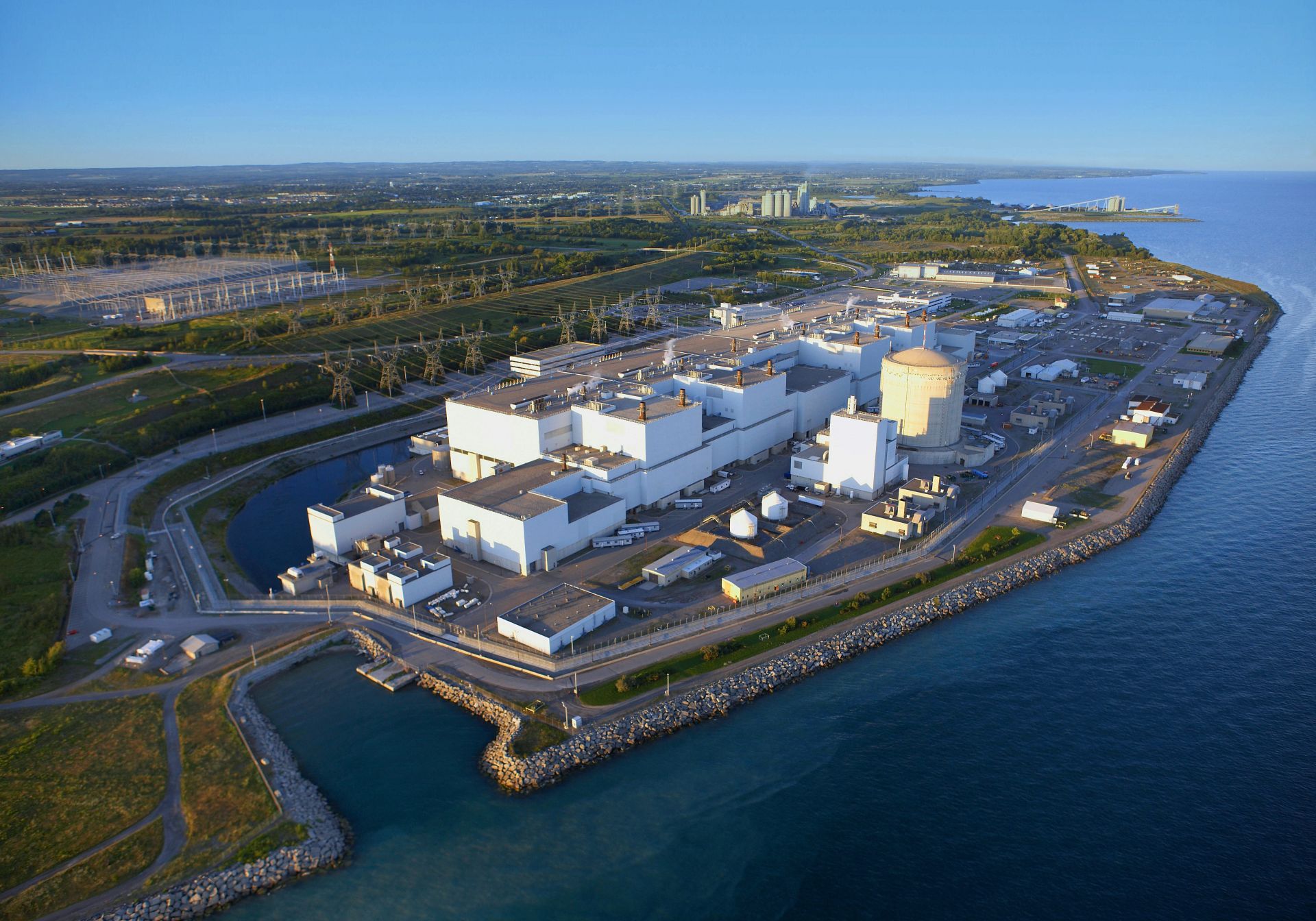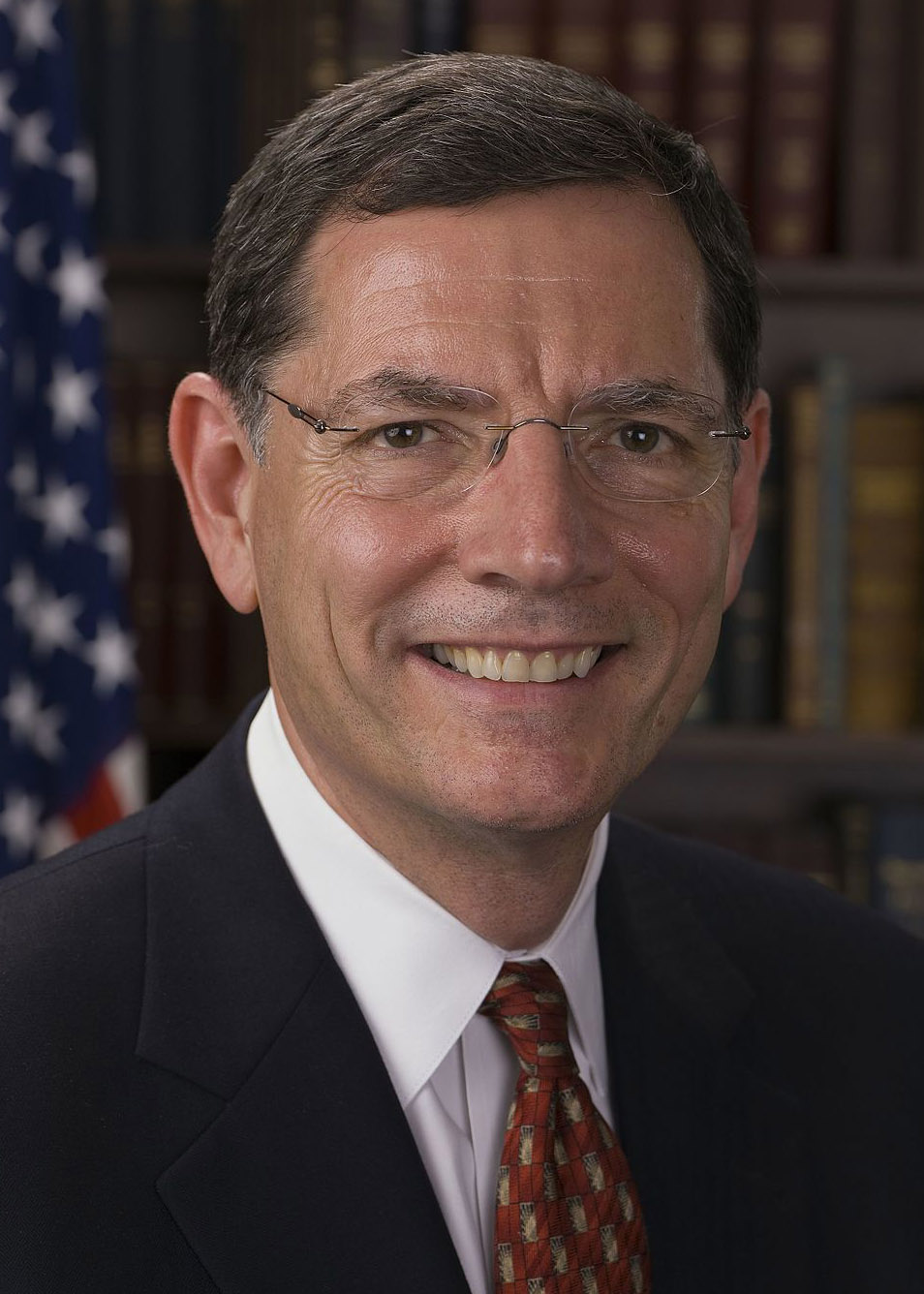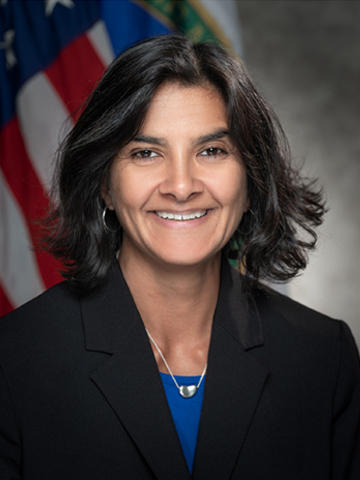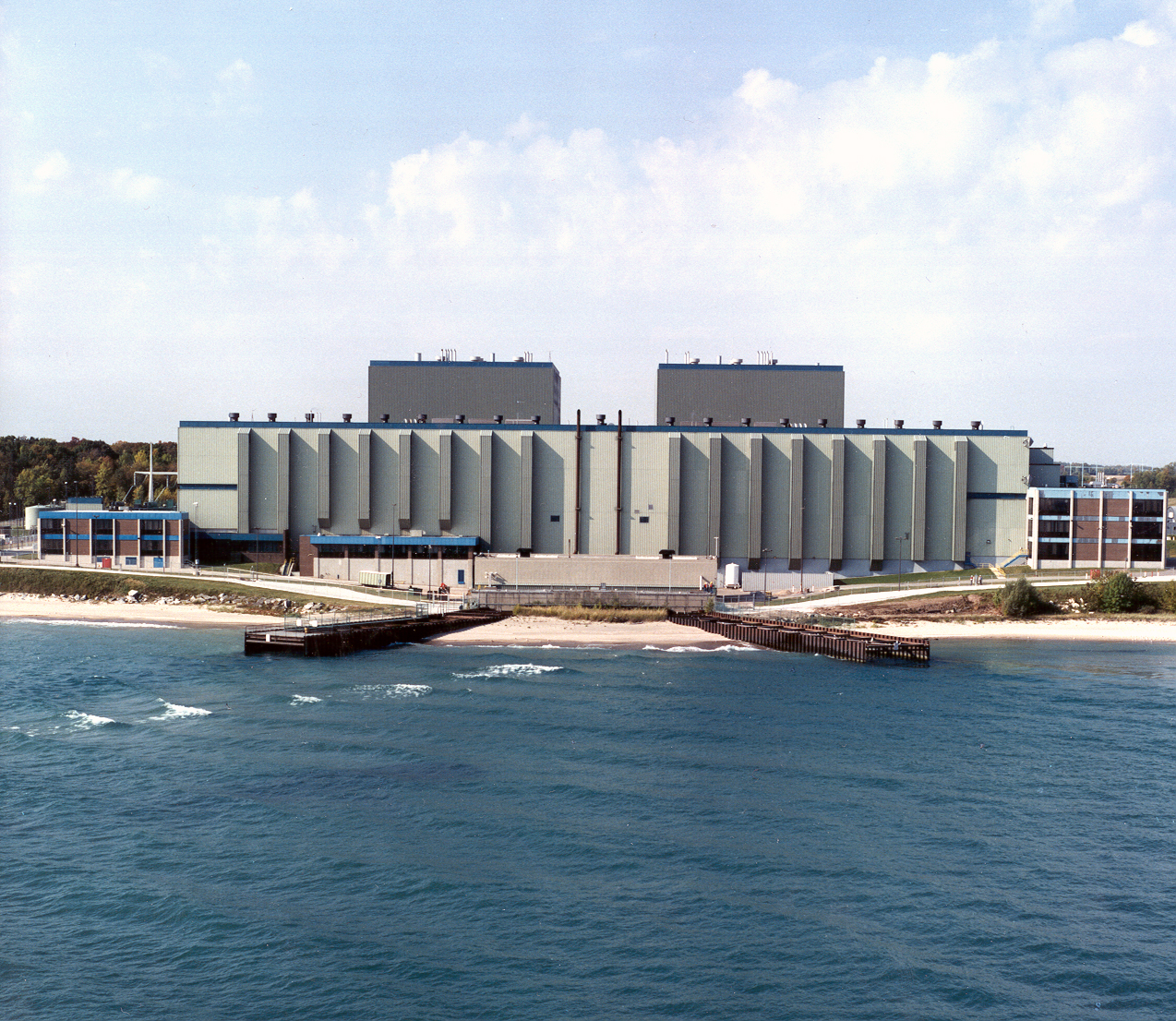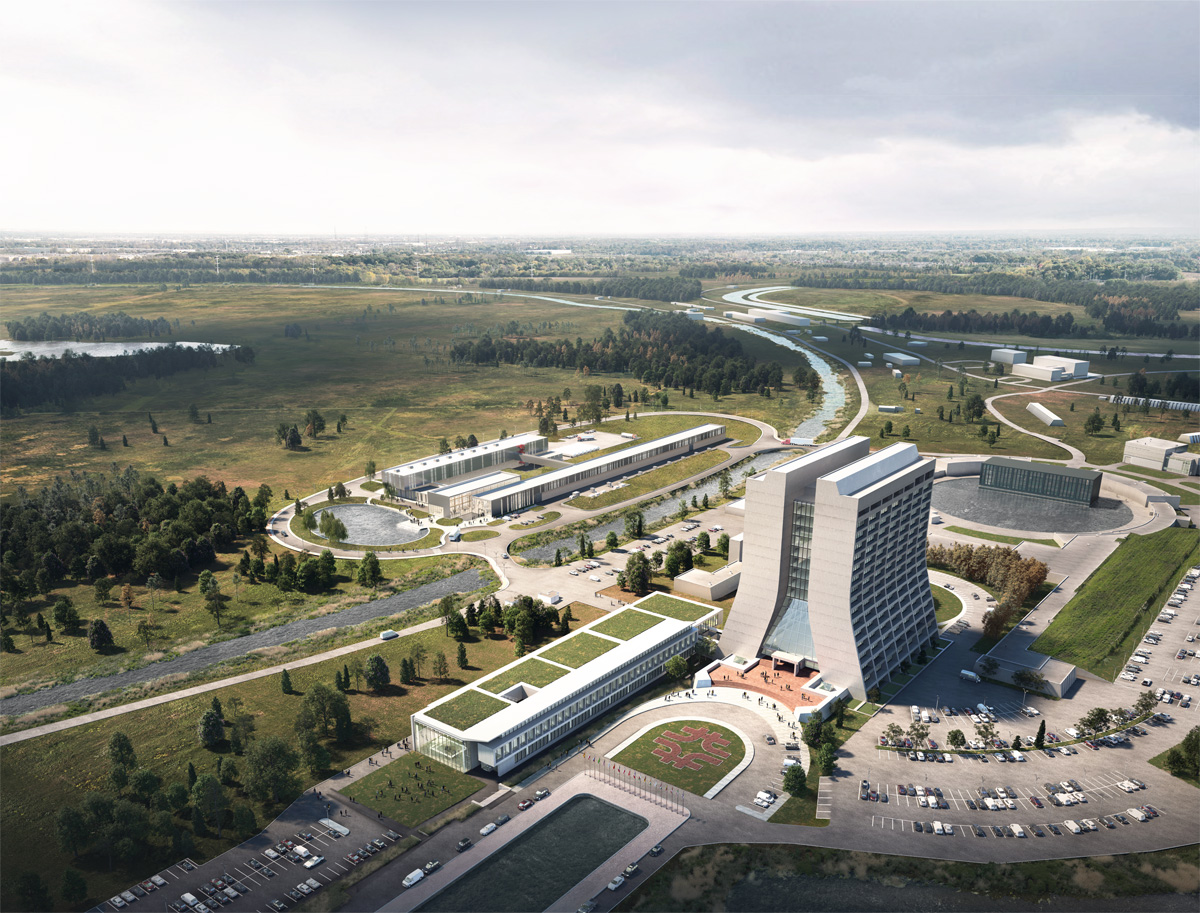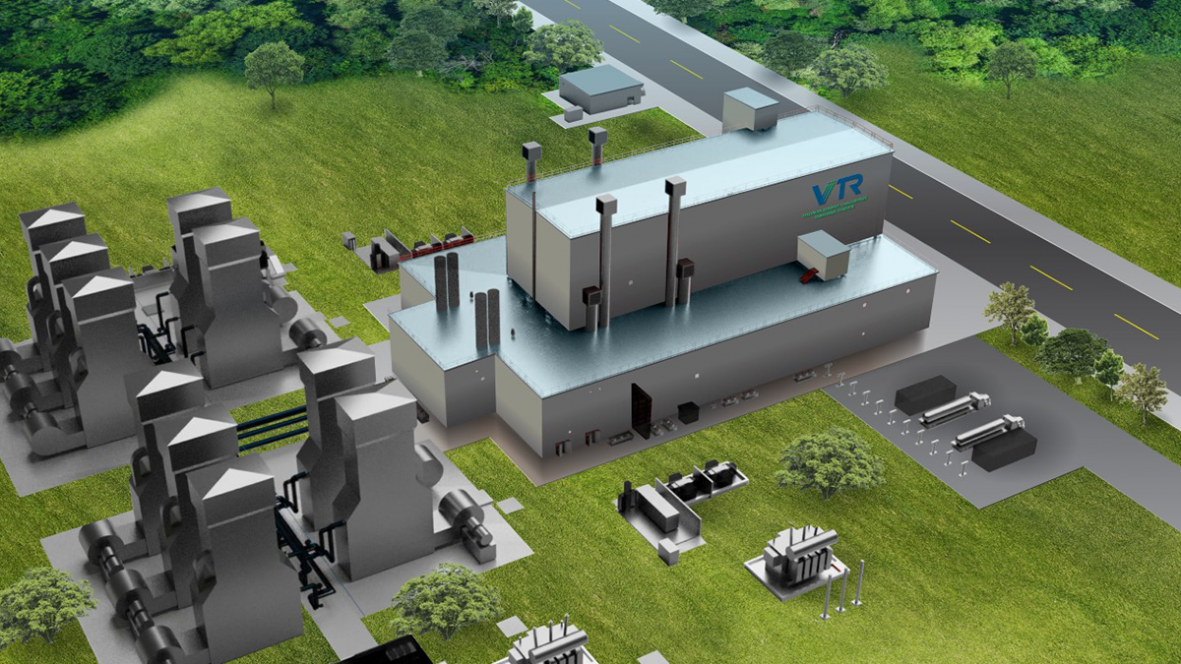The November issue of Nuclear News is focused on the individuals who make up our nuclear community.
We invited a small group of those individuals to tell us about their day-to-day work in some of the many occupations and applications of nuclear science and technology, and they responded generously. They were ready to tell us about the part they play, together with colleagues and team members, in supplying clean energy, advancing technology, protecting safety and health, and exploring fundamental science.
In these pages, we see a community that can celebrate both those workdays that record progress moving at a steady pace and the exceptional days when a goal is reached, a briefing is delivered, a contract goes through, a discovery is made, or an unforeseen challenge is overcome.
The Nuclear News staff hopes that you enjoy meeting these members of our community—or maybe get reacquainted with friends—through their words and photos.
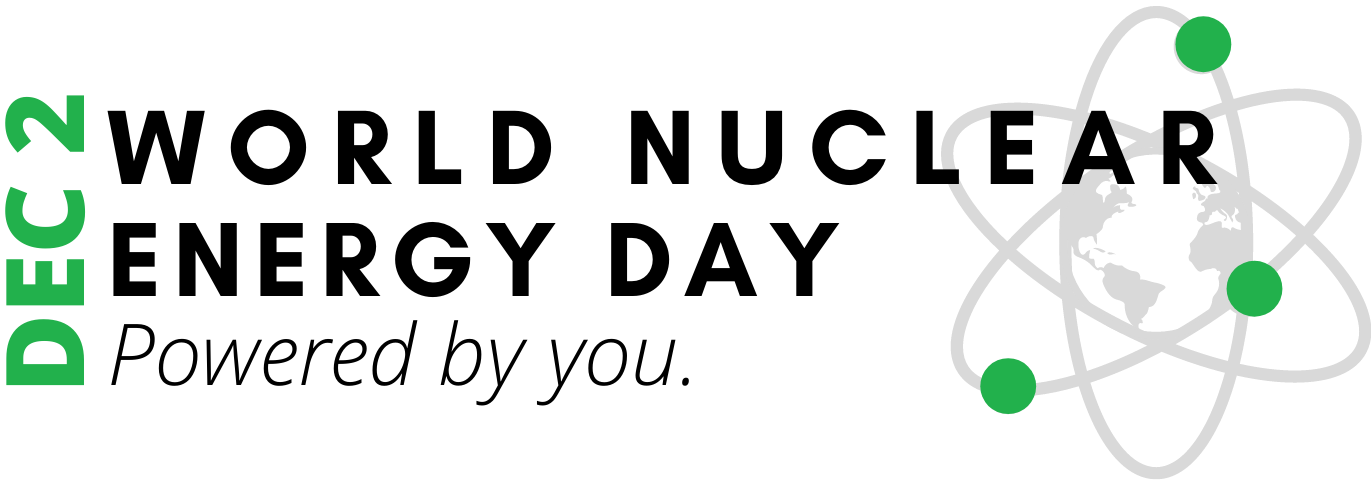 The inaugural World Nuclear Energy Day, on December 2, will be a celebration of nuclear energy and the people who make it happen. As nuclear power is a leading source of clean energy across the globe, the day aims to remind us that clean energy enables healthy lives.
The inaugural World Nuclear Energy Day, on December 2, will be a celebration of nuclear energy and the people who make it happen. As nuclear power is a leading source of clean energy across the globe, the day aims to remind us that clean energy enables healthy lives.

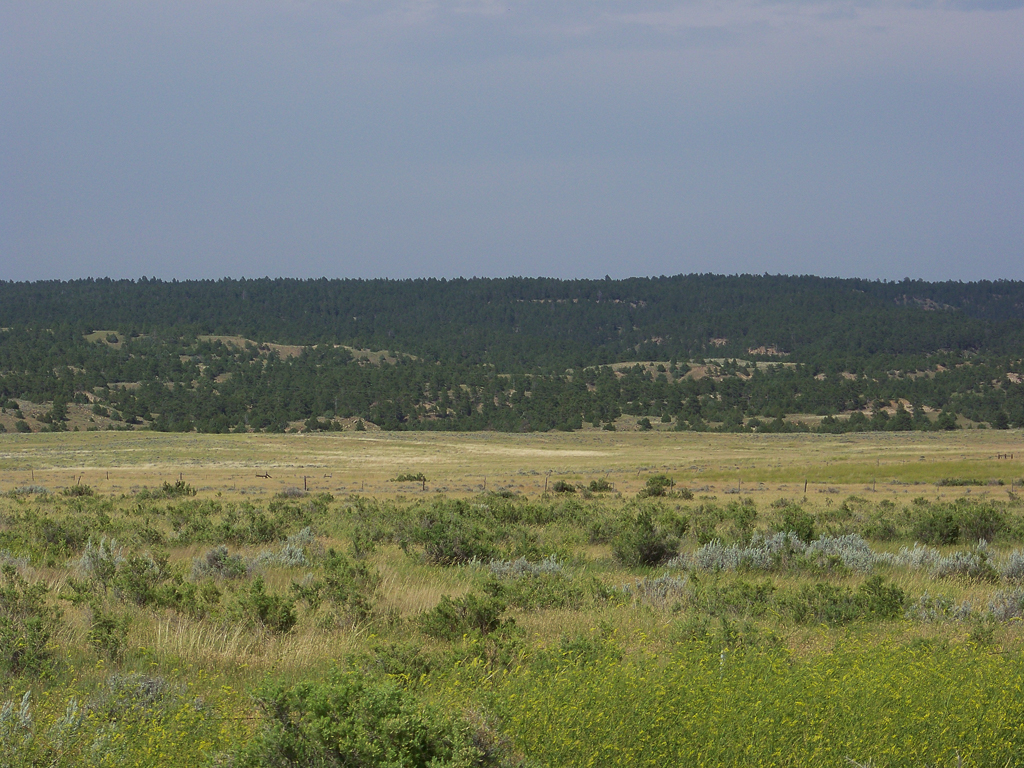
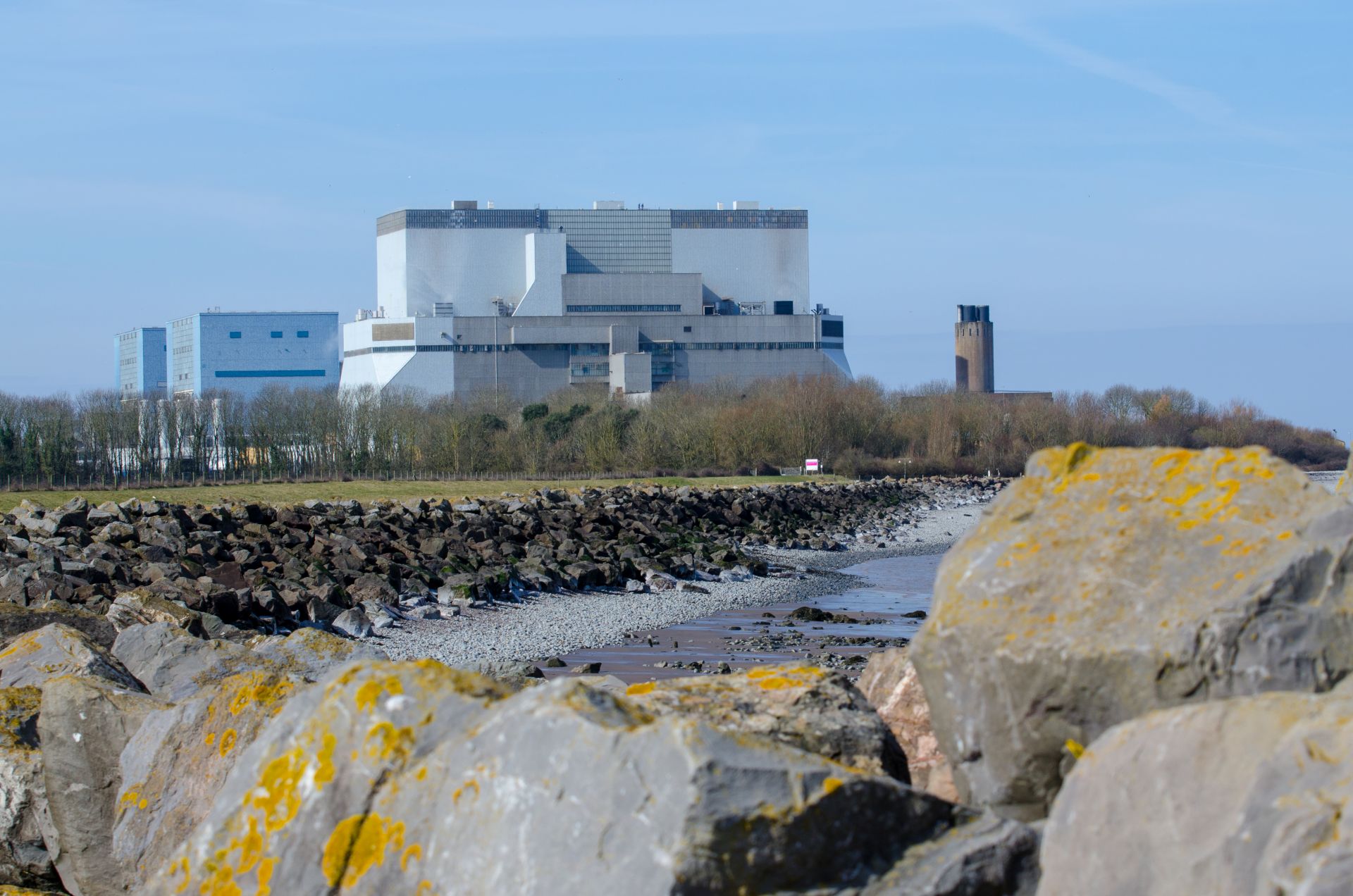
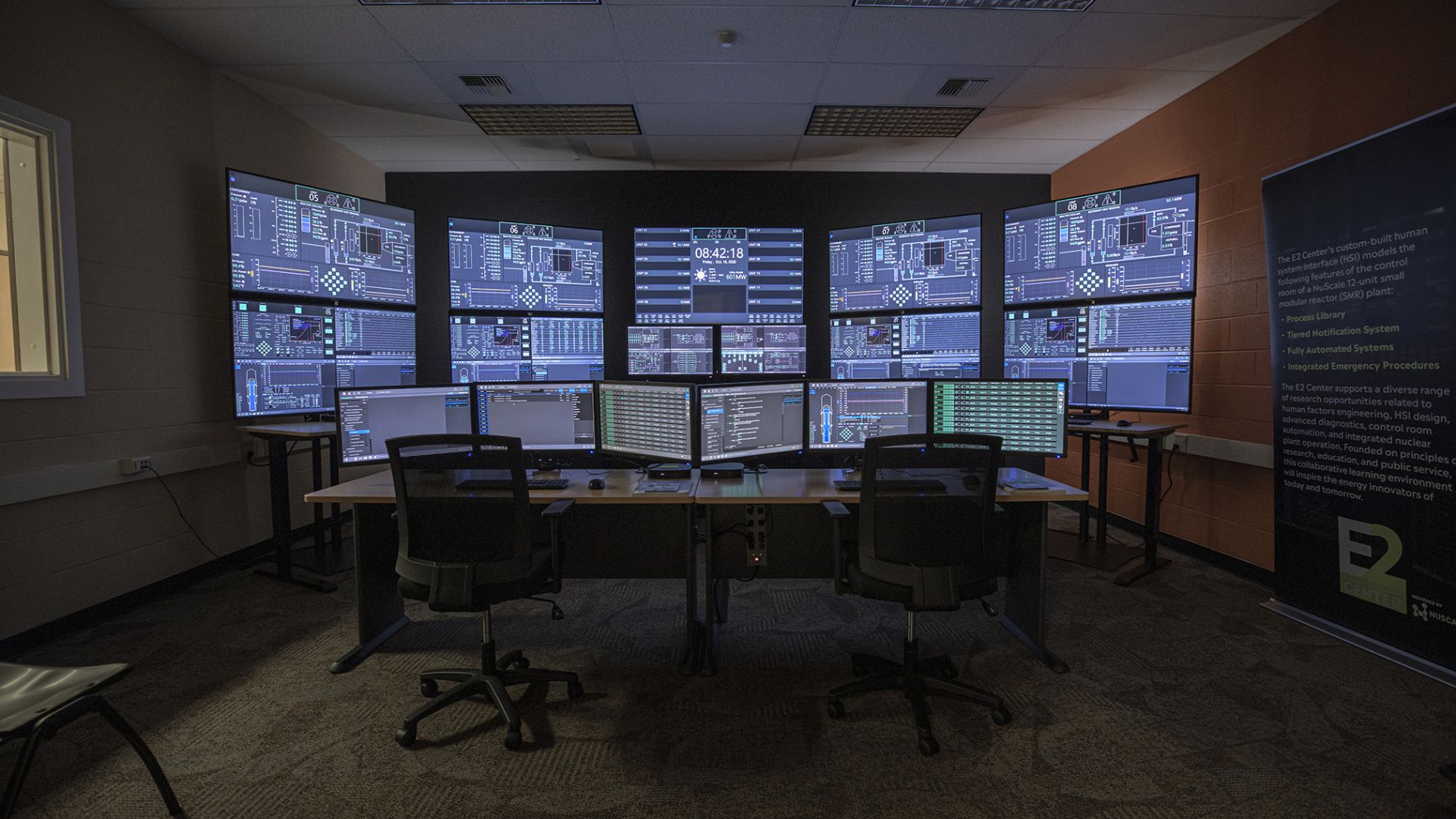
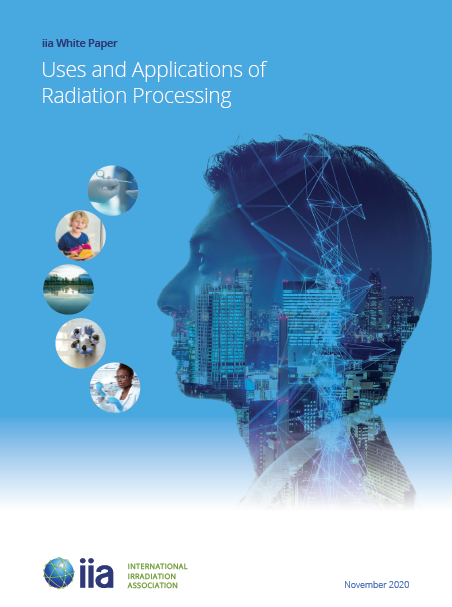 With input from the American Nuclear Society and other organizations, the
With input from the American Nuclear Society and other organizations, the 